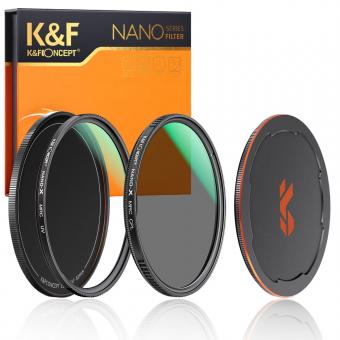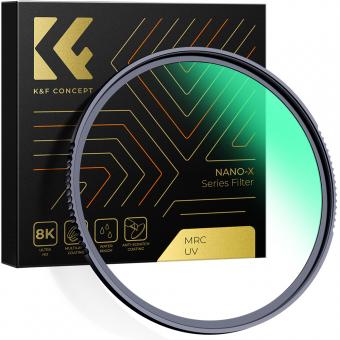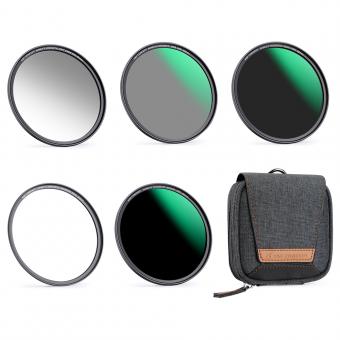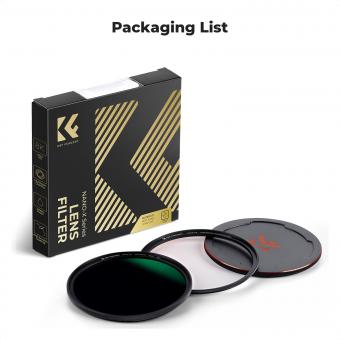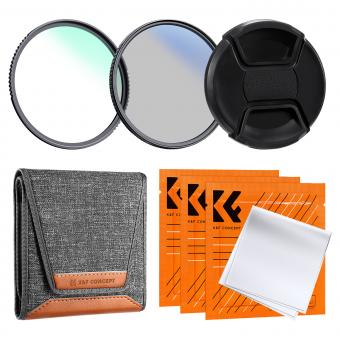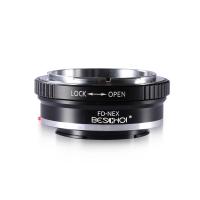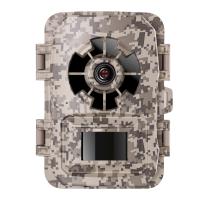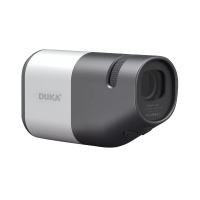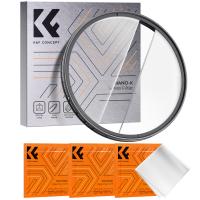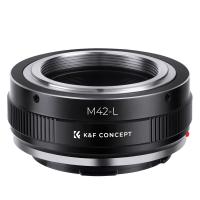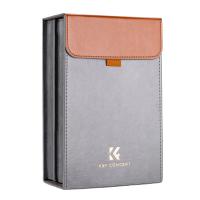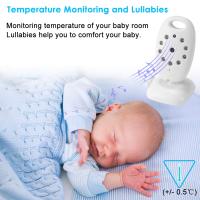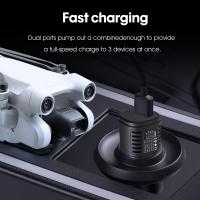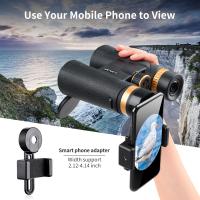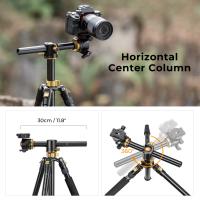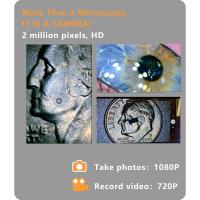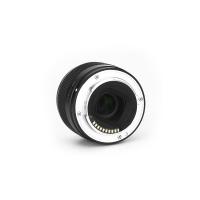How To Connect Uv To Nexus Filter ?
To connect a UV (ultraviolet) sterilizer to a Nexus filter, you will need to follow the manufacturer's instructions for both the UV sterilizer and the Nexus filter. Typically, the UV sterilizer will need to be installed after the mechanical filtration stage and before the biological filtration stage of the Nexus filter. This will ensure that any harmful bacteria or pathogens are eliminated before they can harm the beneficial bacteria that are responsible for breaking down waste in the filter. You will also need to ensure that the flow rate of the UV sterilizer matches the flow rate of the Nexus filter to ensure that the water is exposed to the UV light for the appropriate amount of time. It is important to regularly clean and maintain both the UV sterilizer and the Nexus filter to ensure that they are functioning properly and providing optimal water quality for your aquatic environment.
1、 UV Light Technology Overview
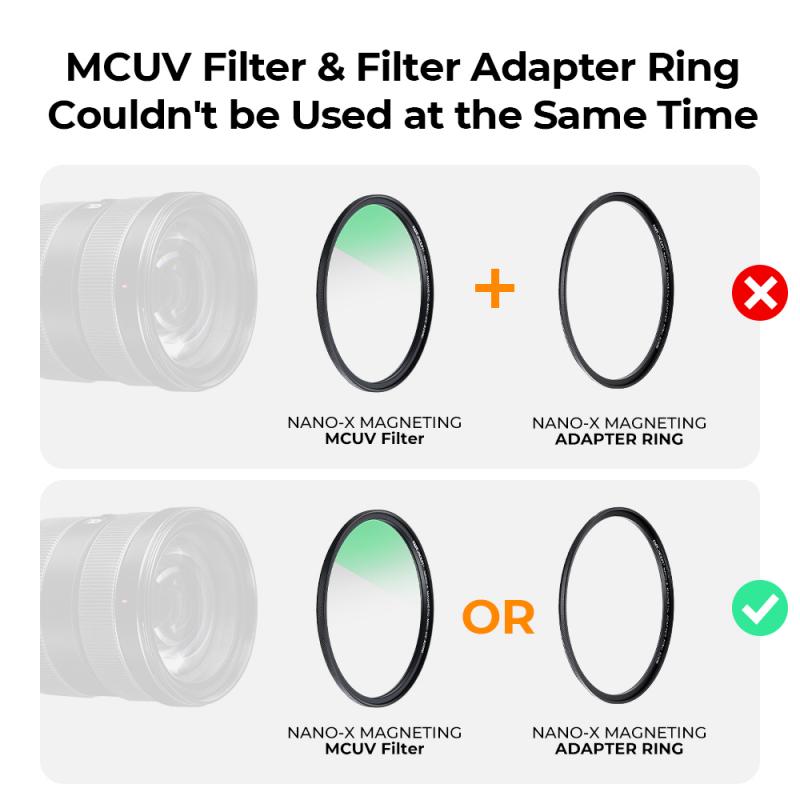
How to connect UV to Nexus filter:
Connecting UV light technology to a Nexus filter is a simple process that can be done by following a few steps. First, ensure that the Nexus filter is compatible with UV light technology. Most modern Nexus filters are designed to work with UV light technology, but it is always best to check the manufacturer's specifications to be sure.
Next, locate the UV light source and connect it to the Nexus filter. This can be done by using the appropriate connectors and cables. Once the UV light source is connected, turn on the power and test the system to ensure that it is working correctly.
UV light technology is an effective way to purify water and air, and it is becoming increasingly popular in both residential and commercial settings. The latest point of view on UV light technology is that it is a safe and effective way to kill bacteria, viruses, and other harmful microorganisms without the use of chemicals.
In addition, UV light technology is environmentally friendly and does not produce any harmful byproducts. It is also cost-effective and requires minimal maintenance, making it an ideal choice for those who want to ensure that their water and air are clean and safe to use.
2、 Nexus Filter System Components
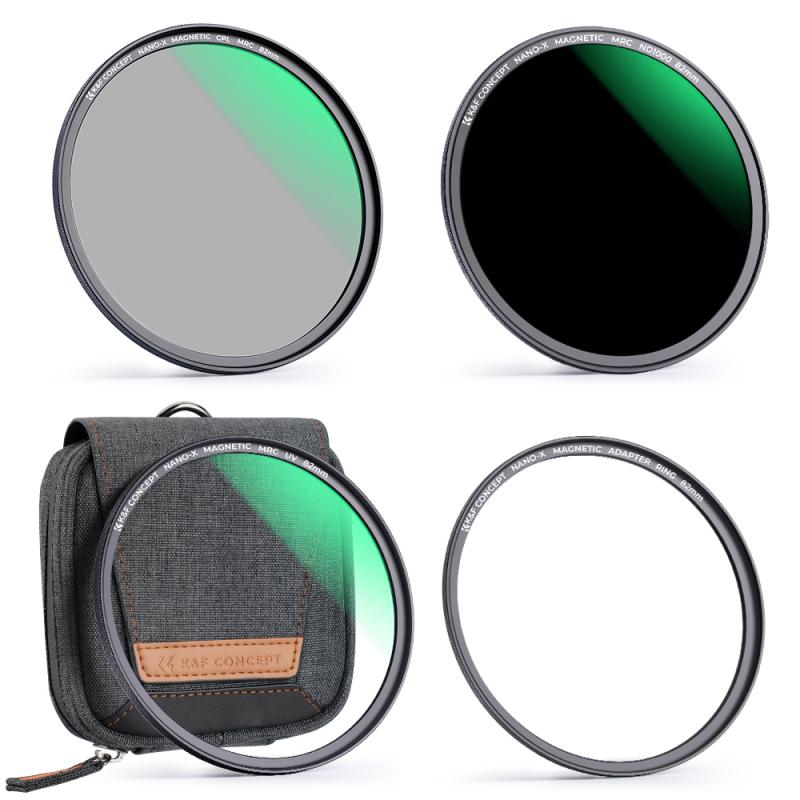
To connect a UV light to the Nexus Filter System, you will need to follow a few simple steps. First, you will need to determine the appropriate size of the UV light for your system. The size of the UV light will depend on the size of your pond or water feature and the flow rate of your pump.
Once you have determined the appropriate size of the UV light, you will need to install it in the appropriate location in your Nexus Filter System. The UV light should be installed after the mechanical filtration stage and before the biological filtration stage.
To connect the UV light to the Nexus Filter System, you will need to use the appropriate fittings and connectors. The exact fittings and connectors will depend on the specific UV light and Nexus Filter System that you are using.
It is important to note that UV lights are not always necessary for a Nexus Filter System. While they can be effective at controlling algae and harmful bacteria, they can also harm beneficial bacteria that are necessary for biological filtration. Therefore, it is important to carefully consider whether a UV light is necessary for your specific water feature.
In recent years, there has been a growing trend towards using natural methods of filtration, such as plants and beneficial bacteria, instead of relying on UV lights and other artificial methods. This approach can be more sustainable and environmentally friendly, while still providing effective filtration for your water feature.
3、 UV Light Installation Process
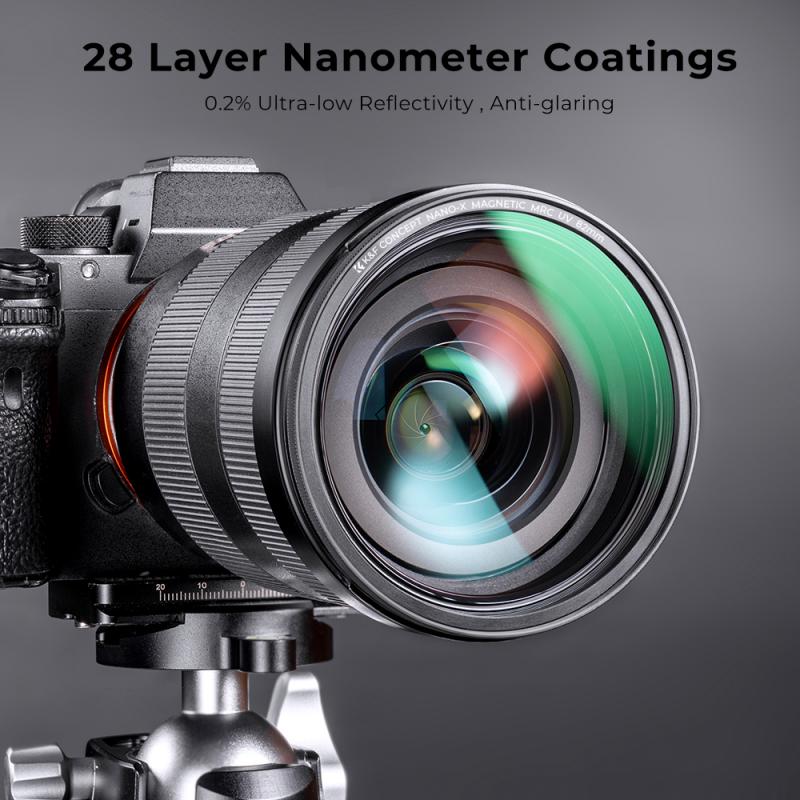
How to connect UV to Nexus filter:
1. First, ensure that the Nexus filter is properly installed and connected to the water supply.
2. Locate the UV sterilizer unit and ensure that it is compatible with the Nexus filter. Check the manufacturer's instructions for compatibility.
3. Connect the UV sterilizer unit to the Nexus filter using the appropriate fittings and connectors. Follow the manufacturer's instructions for proper installation.
4. Once the UV sterilizer unit is connected to the Nexus filter, connect the power supply to the UV sterilizer unit. Follow the manufacturer's instructions for proper electrical installation.
5. Turn on the water supply and check for any leaks or issues with the connection between the UV sterilizer unit and the Nexus filter.
6. Turn on the UV sterilizer unit and allow it to run for the recommended amount of time. This will vary depending on the size of the unit and the flow rate of the water.
7. Monitor the water quality and ensure that the UV sterilizer unit is effectively removing any harmful bacteria or contaminants.
The UV light installation process is an important step in ensuring the safety and quality of your water supply. UV sterilization is a highly effective method for removing harmful bacteria and contaminants from water, and when properly installed and maintained, can provide long-lasting protection for your home or business. It is important to follow the manufacturer's instructions carefully and to regularly monitor the performance of the UV sterilizer unit to ensure that it is functioning properly. With proper installation and maintenance, a UV sterilizer unit can provide safe and clean water for years to come.
4、 Safety Precautions for UV Light Handling
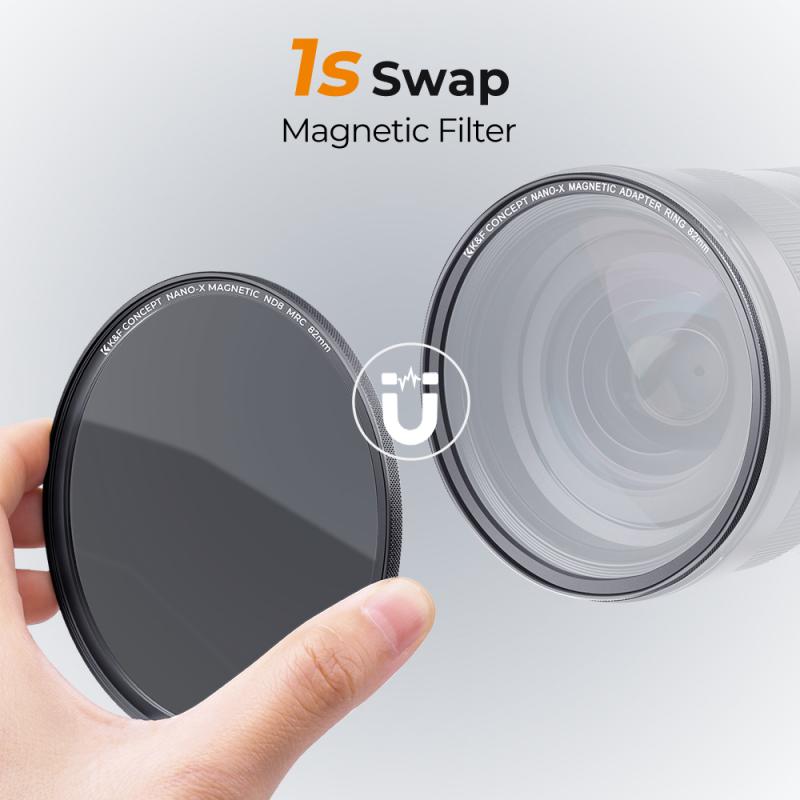
How to connect UV to Nexus filter:
To connect UV to Nexus filter, follow these steps:
1. First, ensure that the Nexus filter is compatible with the UV light source you are using. Check the specifications of both devices to confirm compatibility.
2. Connect the UV light source to the power source and turn it on.
3. Connect the output of the UV light source to the input of the Nexus filter using the appropriate cables.
4. Turn on the Nexus filter and adjust the settings as needed to achieve the desired filtration.
Safety Precautions for UV Light Handling:
UV light can be harmful to human health if not handled properly. Here are some safety precautions to follow when handling UV light:
1. Wear protective clothing, including gloves, goggles, and a lab coat, to protect your skin and eyes from UV radiation.
2. Use UV-blocking shields or curtains to prevent UV light from escaping the work area.
3. Do not look directly at the UV light source, as this can cause eye damage.
4. Use UV light only in well-ventilated areas to prevent the buildup of ozone, which can be harmful to breathe.
5. Follow the manufacturer's instructions for handling and using UV light sources.
6. Dispose of UV light sources properly, following local regulations for hazardous waste disposal.
7. Regularly check UV light sources for damage or wear and replace them as needed to ensure safe operation.
It is important to note that the COVID-19 pandemic has led to increased interest in the use of UV light for disinfection purposes. However, it is important to use UV light only in accordance with established safety guidelines and to avoid using it as a substitute for other disinfection methods.


